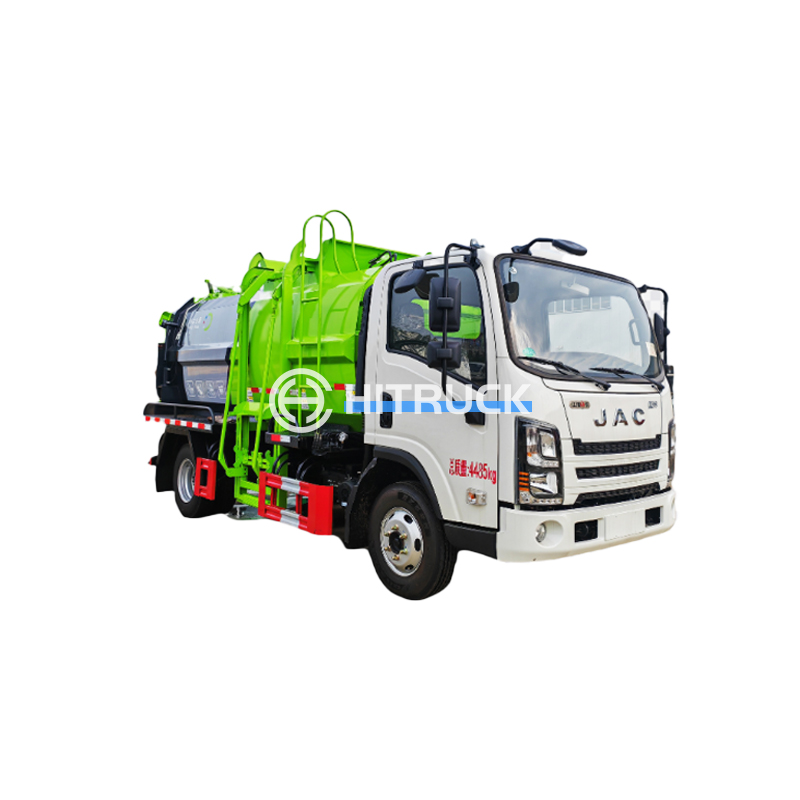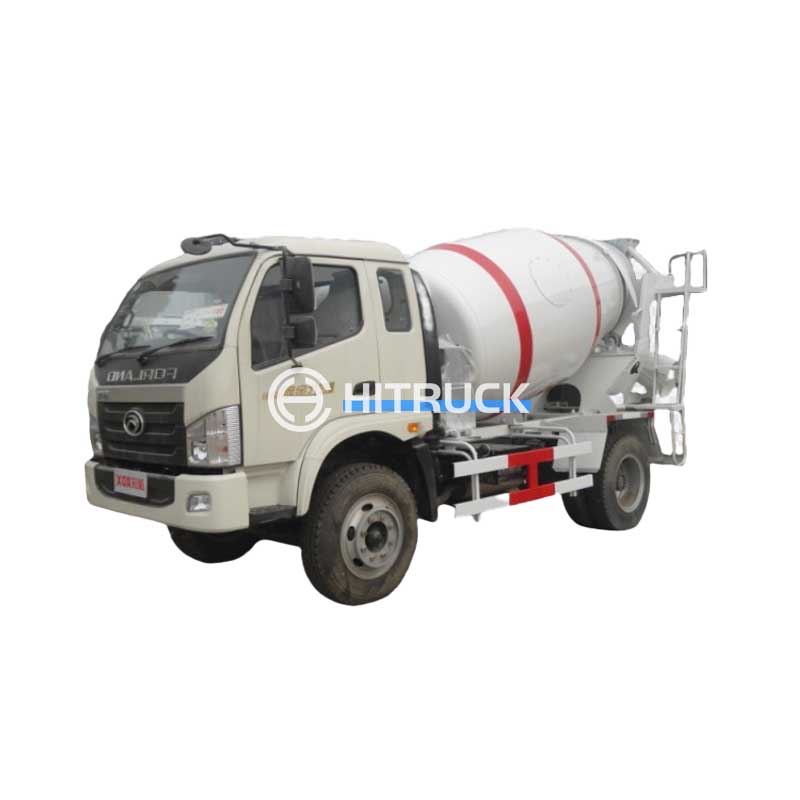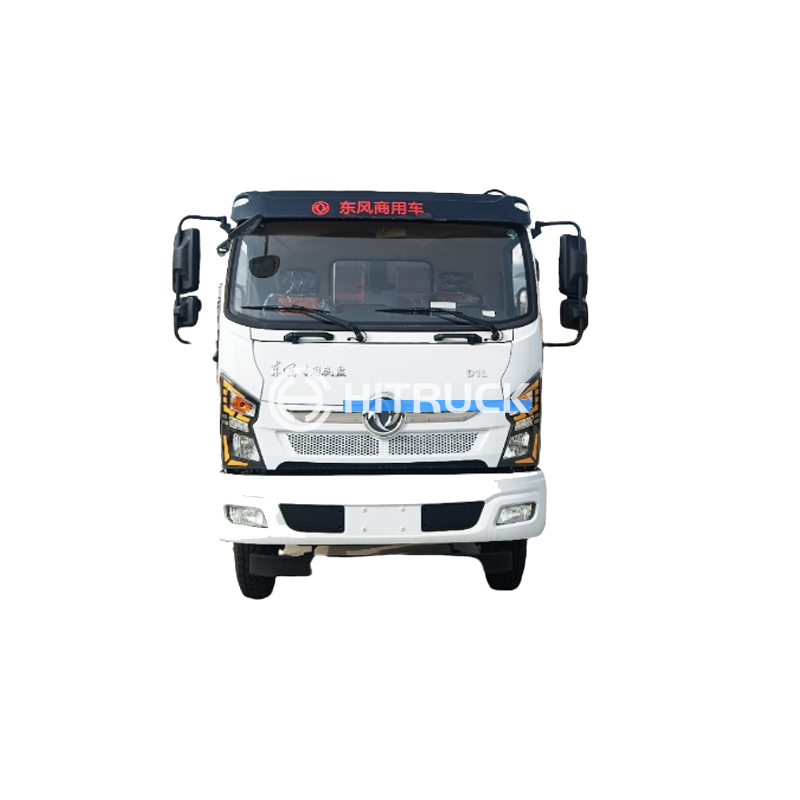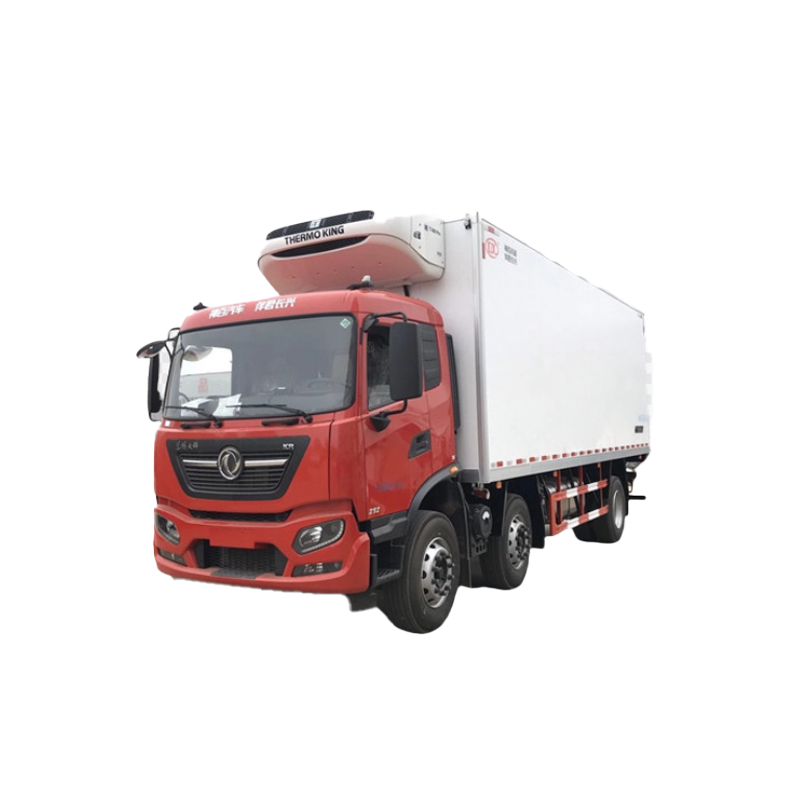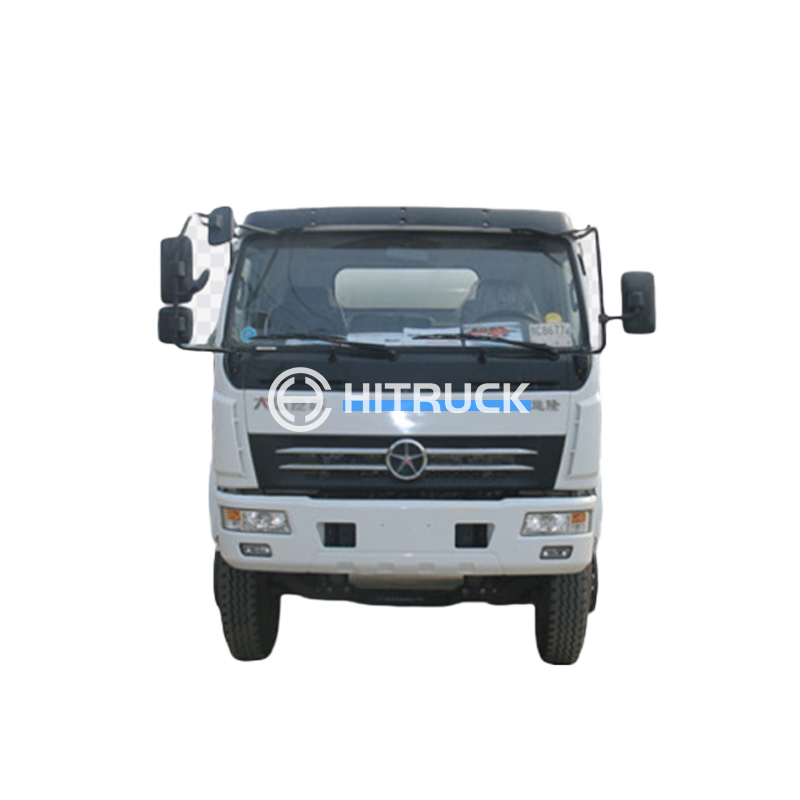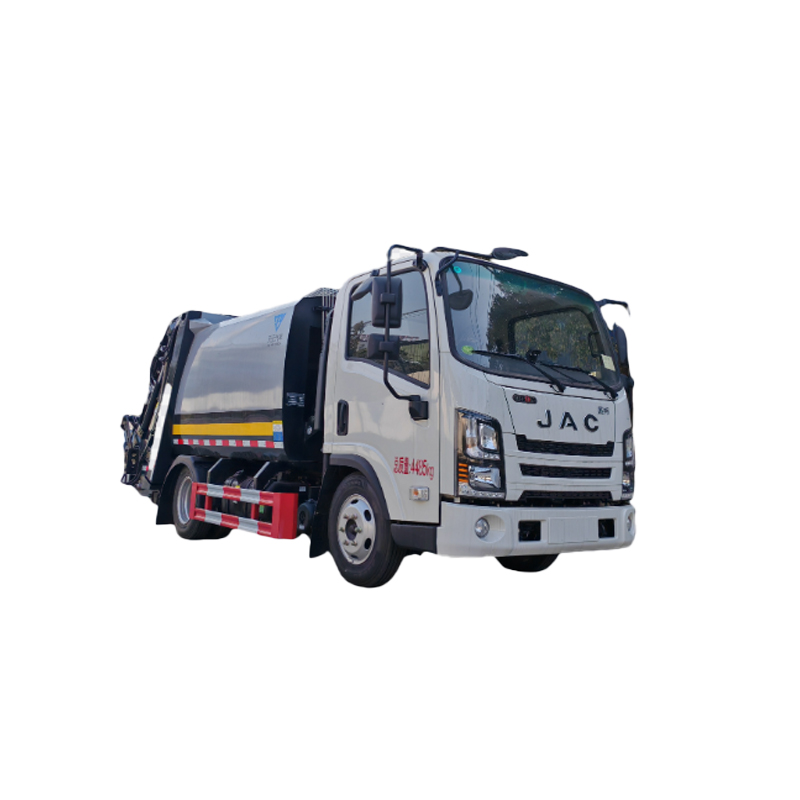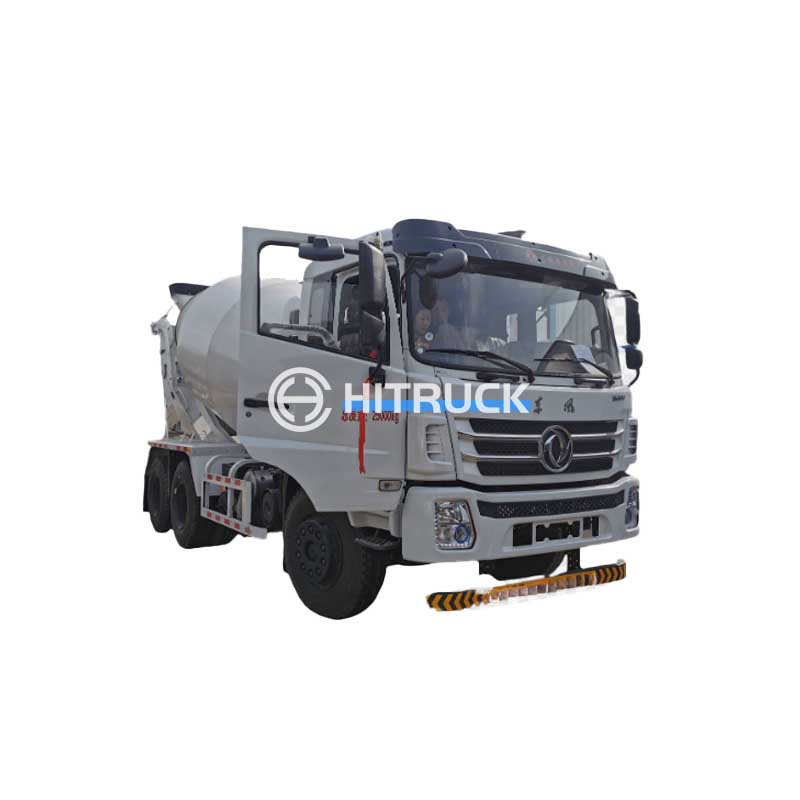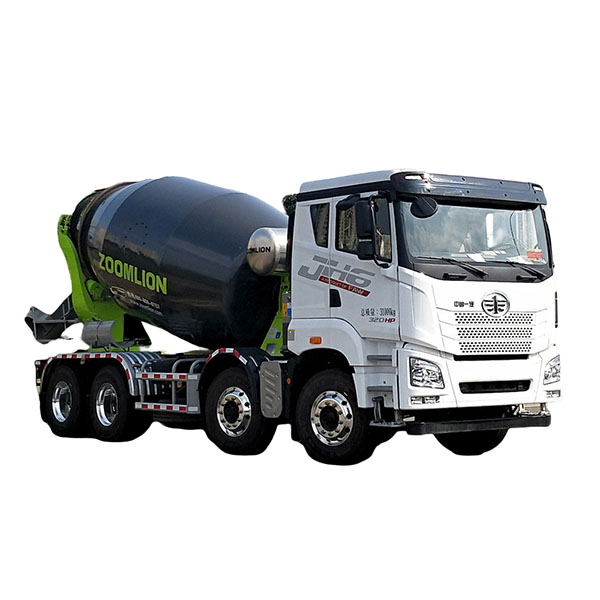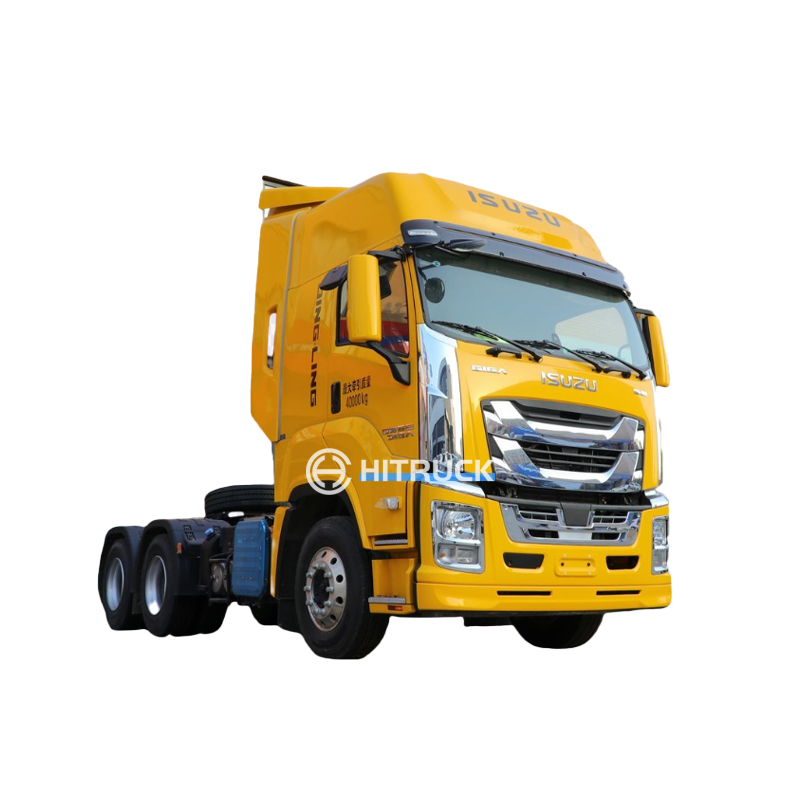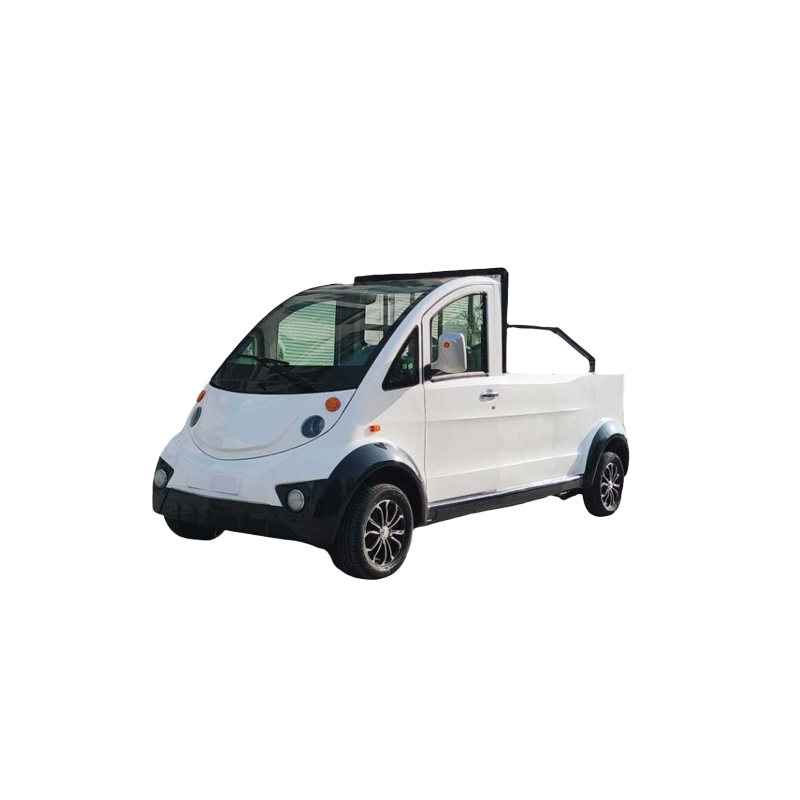This comprehensive guide explores the intricacies of overhead crane lifts, covering safety procedures, capacity calculations, maintenance schedules, and troubleshooting common issues. We’ll delve into various types of cranes, best practices for efficient lifting operations, and resources to ensure safe and productive use.
Overhead traveling cranes, also known as bridge cranes, are commonly found in industrial settings. These cranes move horizontally along runways, allowing for lifting and moving loads across a wide area. Their capacity ranges from a few tons to hundreds, depending on the specific design and application. Proper selection depends on factors like the weight of the lifted object and the distance it needs to be moved. For heavy-duty applications, consider the robust designs offered by leading manufacturers.
Jib cranes offer a more compact solution for lifting in smaller workspaces. They consist of a jib arm mounted on a fixed base, providing a limited but efficient lifting range. Jib cranes are ideal for applications where a full overhead traveling crane is impractical or unnecessary. Different types of jib cranes exist—wall-mounted, cantilever, and free-standing— each with unique features to consider.
Gantry cranes are similar to overhead traveling cranes but instead of traveling on an overhead runway, they run on ground-level rails. This makes them suitable for outdoor or large open areas where overhead structures are not feasible. They offer flexibility in terms of positioning and are particularly useful for handling large or bulky materials.
Accurately determining the Safe Working Load (SWL) is crucial for preventing accidents. The SWL is the maximum weight a crane can safely lift under specific conditions. This calculation considers factors such as the crane's design, the condition of its components, and environmental influences. Ignoring SWL calculations can lead to catastrophic failures and injuries. Always consult the manufacturer’s specifications and relevant safety standards.
Regular maintenance and inspections are paramount to ensure the longevity and safe operation of overhead crane lifts. This involves scheduled inspections of components such as hoisting mechanisms, brakes, electrical systems, and structural elements. A well-defined maintenance schedule, including lubrication and adjustments, should be in place. Neglecting maintenance increases the risk of malfunctions and potential accidents.
Understanding how to diagnose and address common problems with your overhead crane lift can save time and prevent costly downtime. Typical issues may include motor failures, brake problems, or issues with the hoisting mechanism. A preventative maintenance program combined with prompt action in addressing minor problems can prevent major breakdowns.
Adhering to stringent safety protocols is non-negotiable when working with overhead crane lifts. Operators must be properly trained and certified, and safety procedures should be strictly followed. This includes using appropriate lifting gear, conducting pre-lift inspections, and ensuring clear communication among the operating team. Regular safety audits and training programs are essential to maintain a safe working environment. Remember to always consult local and national safety regulations for specific requirements.
Several organizations offer comprehensive resources and training programs on safe overhead crane lift operations. These resources can provide valuable insights into best practices, safety regulations, and troubleshooting techniques. Researching these organizations and utilizing their resources will enhance your understanding of safe and efficient crane operation.
| Crane Type | Typical Capacity | Applications |
|---|---|---|
| Overhead Traveling Crane | 1-100+ tons | Manufacturing, warehousing, construction |
| Jib Crane | 0.5-10 tons | Workshops, smaller factories, maintenance bays |
| Gantry Crane | 1-50+ tons | Shipyards, construction sites, outdoor operations |
For further assistance with your heavy machinery needs, consider exploring the selection available at Suizhou Haicang Automobile sales Co., LTD. They offer a variety of options to meet your specific requirements.
Disclaimer: This article provides general information and should not be considered professional advice. Always consult with qualified professionals for specific guidance on overhead crane lifts and safety procedures.

